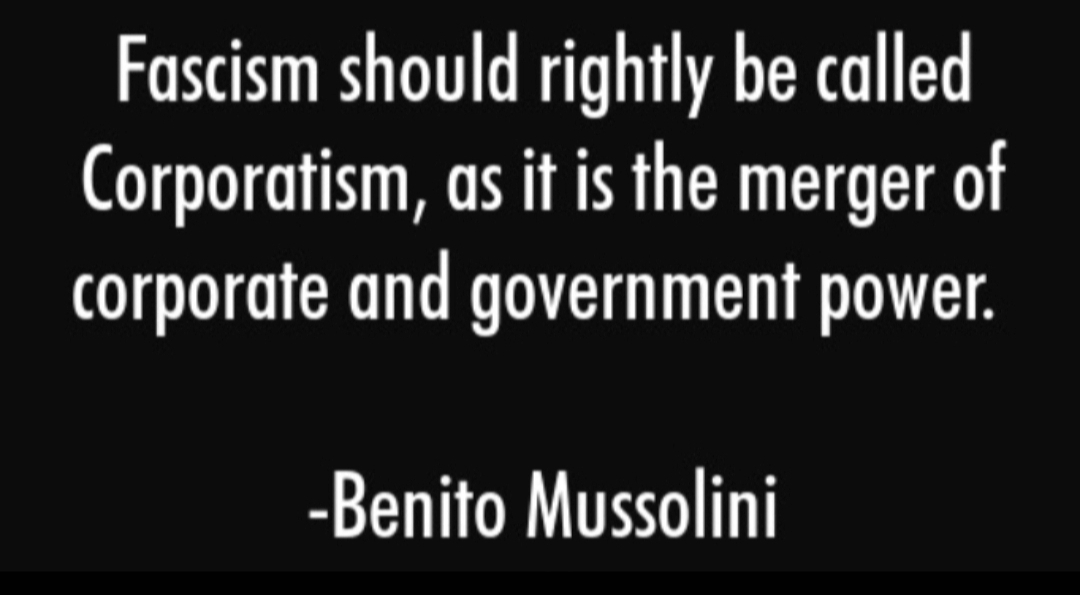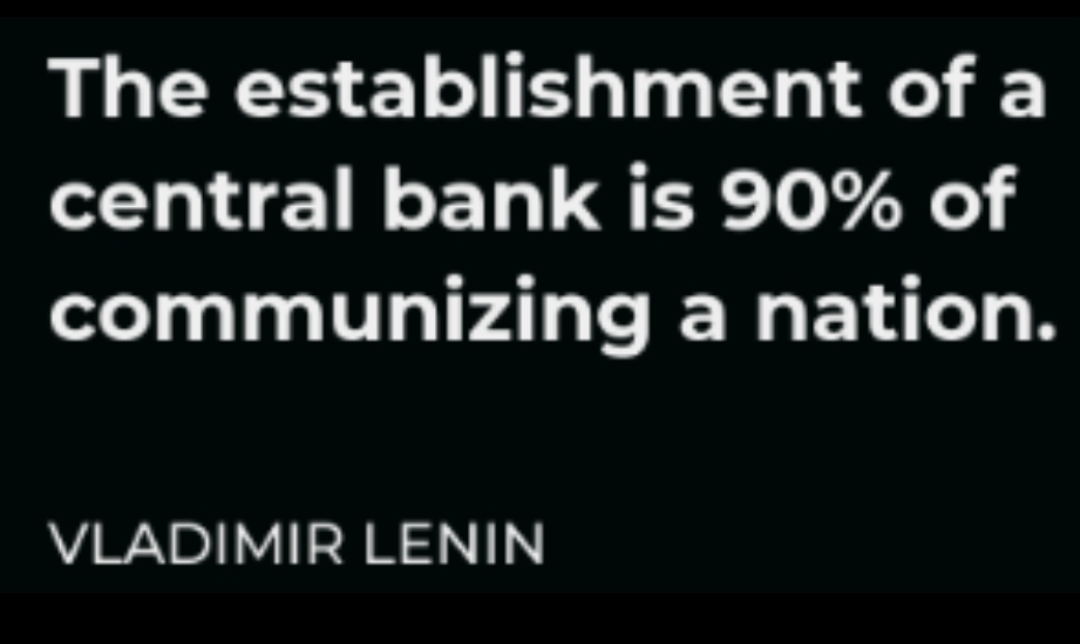In the interview with Patrick Wood. He talks about an analogy to compare the development of large-scale systems—such as AI, digital currencies, and global governance—to the process of constructing a building. His point is that by the time people notice something emerging in full force (e.g., AI-driven control systems), much of the groundwork has already been laid over years or even decades.
This is similar to the principle behind Anton Chekhov’s famous dramatic rule: “If in the first act you introduce a gun, by the third act you have to use it.” In other words, elements introduced early in a story (or system) are not random; they are deliberately placed to be used later.
How Structures Are Built (Both Physical and Systemic)
Concept & Planning (Laying the Theoretical Foundation)
Before a building is constructed or a system is implemented, there is a phase of planning that involves:
- Identifying a need or problem – In architecture, this might be a growing population needing housing. In systemic control, it could be the argument that centralized digital identity and AI monitoring will “improve security and efficiency.”
- Vision and design – The blueprints are drawn, metaphorically or literally. For AI and governance systems, this involves policies, research papers, and think tanks proposing new ideas.
- Securing funding and backers – Just as buildings require investors, major systemic changes need financial and political backing. Organizations like the WEF, BIS, and tech giants play this role in governance and technology.
Laying the Groundwork (Setting Up the Infrastructure in the Background)
Before a building is visible, essential groundwork is done:
- Permits & studies – Just like environmental impact reports for a new factory, societal and psychological groundwork is done. This can be seen in policy discussions, social conditioning (e.g., cashless society normalization), and tech experiments.
- Underground utilities and foundation – Much like laying underground plumbing and electrical wiring, digital infrastructure is quietly built: central bank digital currency (CBDC) networks, AI surveillance, and global data-sharing agreements.
Rapid Construction (When the System Becomes Visible to the Public)
Once the foundation is solid, the visible structure can rise quickly:
- Walls and framework – In governance and tech, this is when regulations and systems (like AI governance, universal basic income trials, and digital ID systems) start being implemented.
- Public awareness grows – Just as people notice a new warehouse appearing seemingly overnight, society starts seeing AI-driven policies, cash restrictions, and algorithmic censorship.
Full Operation (The “Gun” Introduced Earlier Is Now Used)
- Finishing touches – Just like buildings add signs and finishing elements, the final pieces of systemic control (such as mandatory digital IDs and AI-policed financial systems) are put into place.
- Locked-in control – At this stage, society is already dependent on the system, much like a city becoming reliant on smart grids or AI traffic management. The “gun” introduced in Act 1 (the AI-driven control mechanisms, digital currency, and surveillance) is now actively used in Act 3.
Real-World Examples of This Pattern
AI Surveillance
- Act 1: Internet & data collection (1990s-2000s)
- Act 2: Social media & mass data tracking (2010s)
- Act 3: AI-powered censorship, predictive policing, and digital ID enforcement (2020s)
Digital Currency Control
- Act 1: Shift from cash to digital payments (1990s-2010s)
- Act 2: Normalization of crypto and CBDC discussions (2020s)
- Act 3: Government-controlled digital currencies replace cash, making financial privacy obsolete
Construction
By the time the public notices something significant, it’s often too late to stop it because the groundwork has already been laid. Patrick Wood’s analogy highlights that AI, digital control mechanisms, and centralized governance are not sudden developments but the culmination of long-term strategies, much like how a seemingly “sudden” building has actually been years in the making.
The conversation touched on technocracy, AI, crypto, and the broader economic and geopolitical shifts happening right now.
A few key takeaways from what’s being discussed:
Technocrats and Central Banking System – There seems to be a growing divide (or is it a show) between the traditional financial system (central banks, BIS, etc.) and tech entrepreneurs like Musk, Thiel, and others, who are pushing for decentralized finance, AI-driven economies, and a rethinking of how value is stored and transferred. The possibility of them moving toward a new digital standard—whether it’s a stablecoin or gold-backed digital asset—is interesting but uncertain.
Capitalism or Something Else? – The idea that capitalism is an illusion now resonates with a lot of people who have seen bailouts for the ultra-rich, while the middle class gets squeezed. The shift toward asset concentration (BlackRock, State Street, etc.) and AI-driven economies seems to be accelerating that trend. If the majority of people no longer have a stake in traditional capitalism, then what we’re left with may not really be capitalism at all, but something new—perhaps closer to a corporatist or technocratic system.

CBDCs vs. Private Digital Systems – The debate over Central Bank Digital Currencies (CBDCs) versus private digital assets is central to this. If CBDCs are implemented, they would give governments an unprecedented level of control over personal finance. But at the same time, tech leaders are pushing for their own decentralized or alternative financial systems, like Musk’s push for an X-based financial platform. That could mean a parallel economic system is being developed that could either compete with or replace traditional finance.
AI as the Ultimate Control Mechanism – AI is at the center of everything now. The fear isn’t just job loss—it’s about control. AI-driven payment systems, surveillance, social credit scoring, and programmable money (like CBDCs) could allow centralized authorities or private technocrats to monitor and limit people’s financial activities.
Potential for Conflict – If there really is a showdown between the central banks and tech elites, how does that play out? Or are they working together for a “scorched-earth” financial chaos, de-dollarization, or the collapse of traditional banking. If a new digital financial system emerges, it might sideline the Federal Reserve, as it is no longer needed as it was a mechanism that has already served its purpose.

It would be a massive shift in global finance, toward Digital IDs and currency. It would be total control and surveillance similar to China Social Credit Scores in ushering in the Mark of the Beast and a world government.
“John predicted that before the great epic of Messianic or Millennial peace, the human race would be subjected to a ruthless, worldwide conglomerate of dictatorial authority which would attempt to make all men subservient to it or be killed (Revelation 13:15). He said it would compel all men, “both small and great, rich and poor, free and bond,” to be identified with it (Revelation
13:16).” – Cleon Skousen, The Naked Capitlaist







